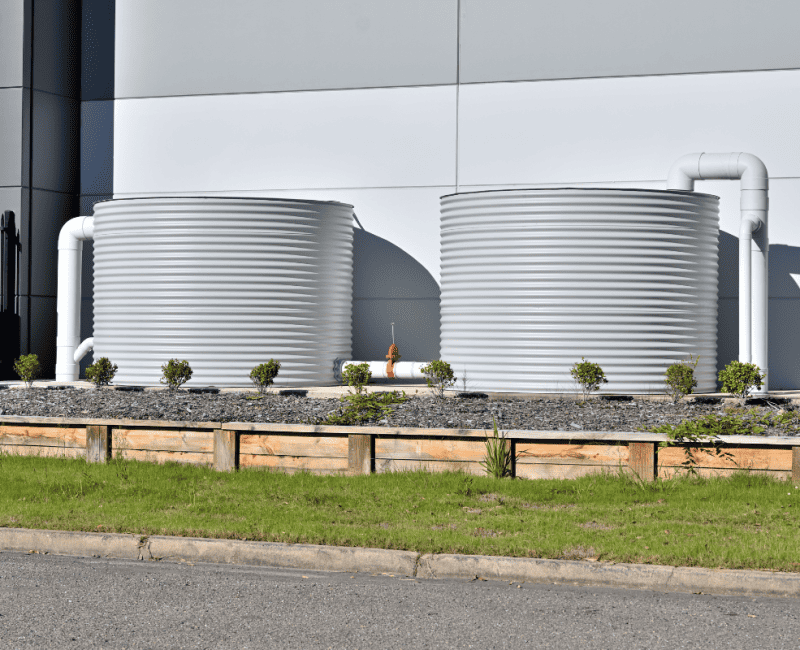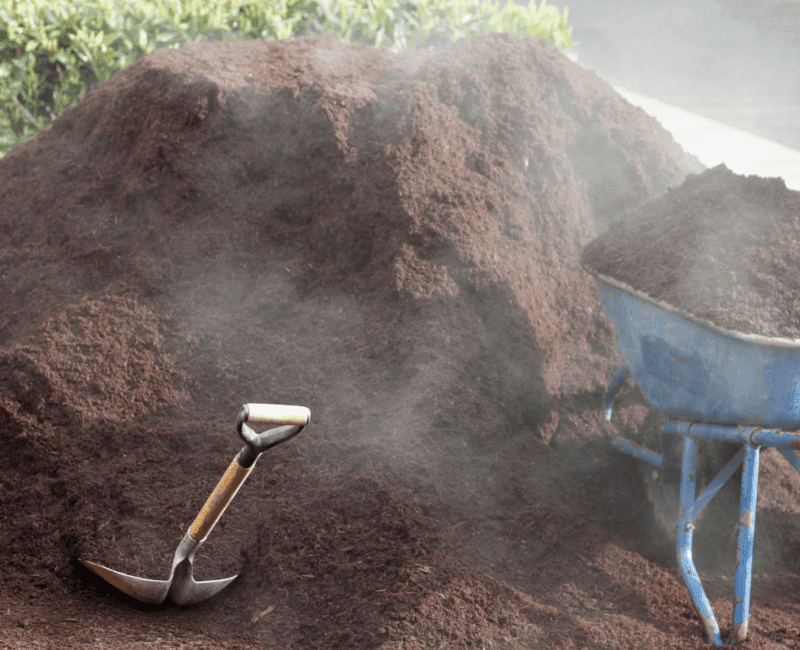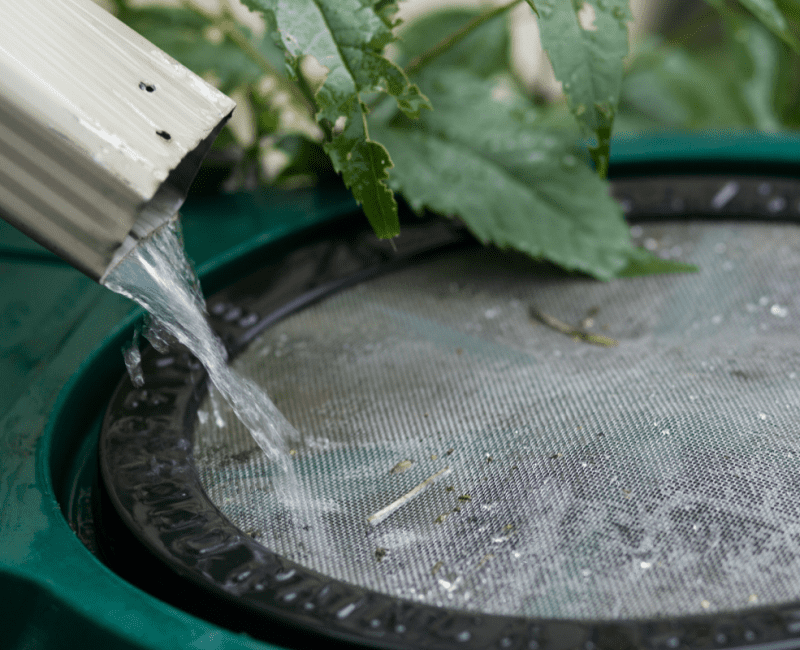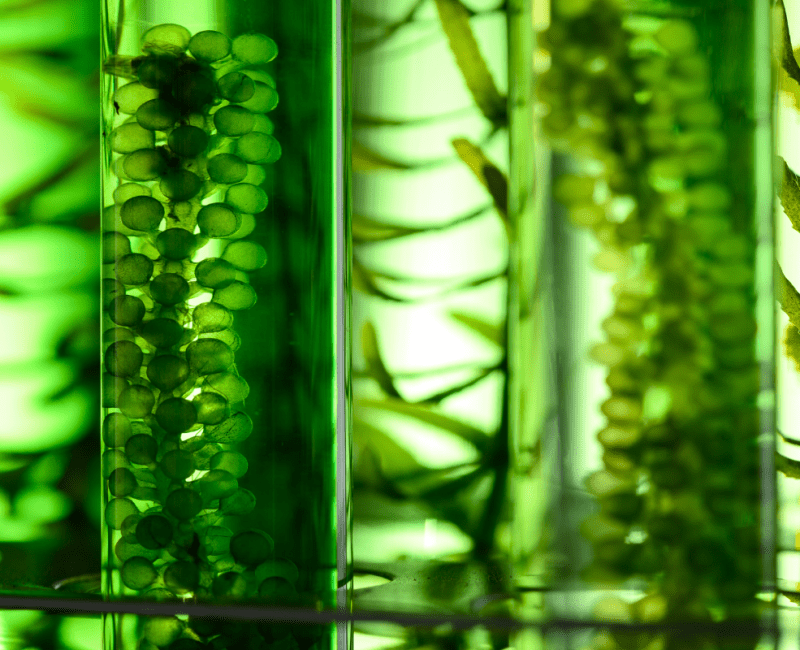
Ensuring the safety of our drinking water is a critical aspect of public health, with disinfection playing a pivotal role in safeguarding against microbial contaminants…

Ensuring the safety of our drinking water is a critical aspect of public health, with disinfection playing a pivotal role in safeguarding against microbial contaminants…

Water Research Australia contracted the University of Newcastle to undertake a scientific review of the Draft NEMP3…

The sustainable application of biosolids to agricultural land is being limited by many contaminants such as microbial pathogens, PFAS, microplastics, and heavy metals…

The project quantified the direct fugitive greenhouse gas emissions of the Canberra’s sewage treatment at Lower Molonglo Water Quality Control Centre (LMWQCC), identified potential fugitive emission reduction initiatives, and advised on the implementation of mitigation strategies…

Unexpected taste and odour (T&O) in drinking water is an emerging issue for the Australian water industry as it undermines customers’ trust in drinking water suppliers…

To face the mounting pressures of increasing demands on depleting fresh water supplies, the water industries are compelled to explore alternative water supplies such as desalination, water recycling (Indirect and Direct Potable Reuse), and storm water reuse, among others…

It is well understood NOM character as well as concentration impacts its treatability by water treatment processes and that concentration and character can change over time…

Algal systems can be used to decrease the concentration of nitrogen (N) and phosphorus (P) in wastewater to low levels, and hence reduce the harm of wastewater discharge and facilitate water reuse…

The genus Microcystis is responsible for many ‘nuisance’ and toxic algal blooms that threaten various fresh water bodies in Australia…

This project established unifying framework for the calculation of robustness metrics, which assists with understanding how robustness metrics work, when they should be used, and why they sometimes disagree…